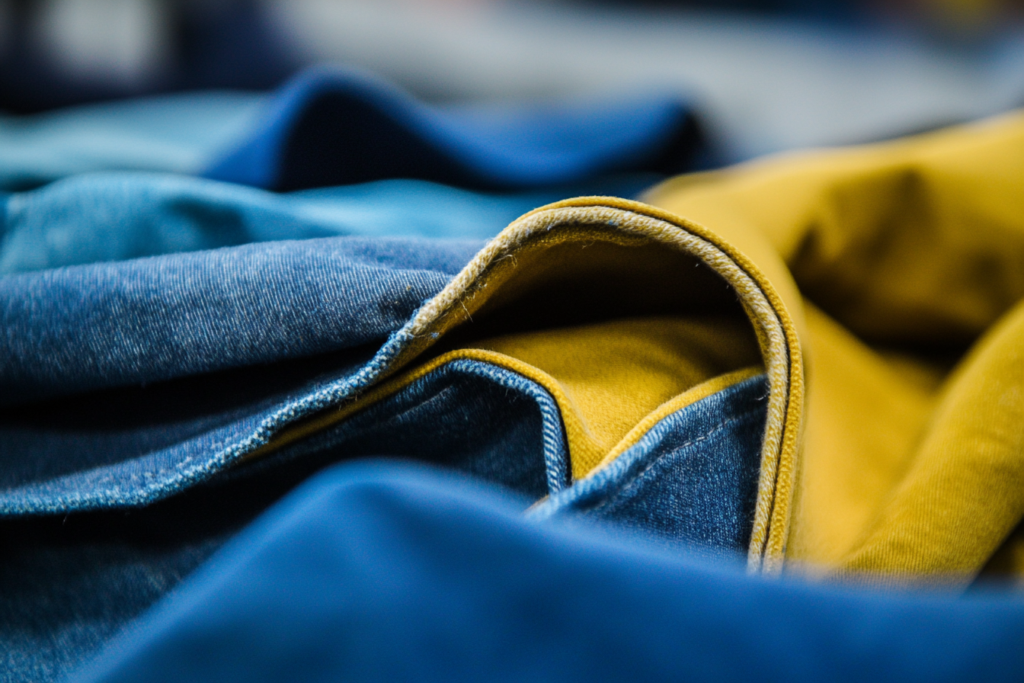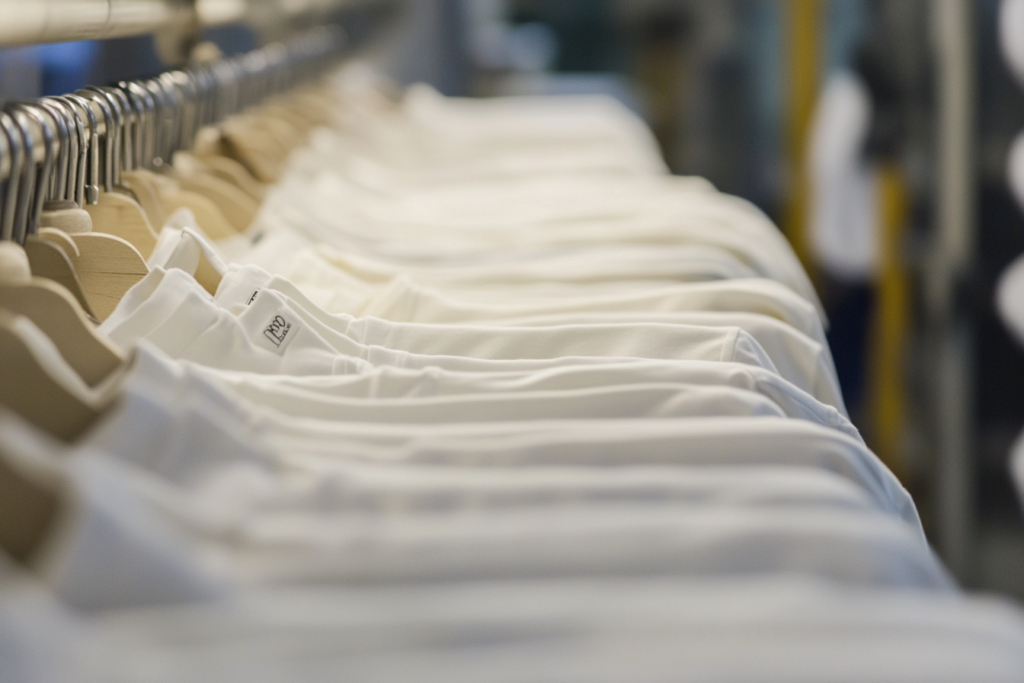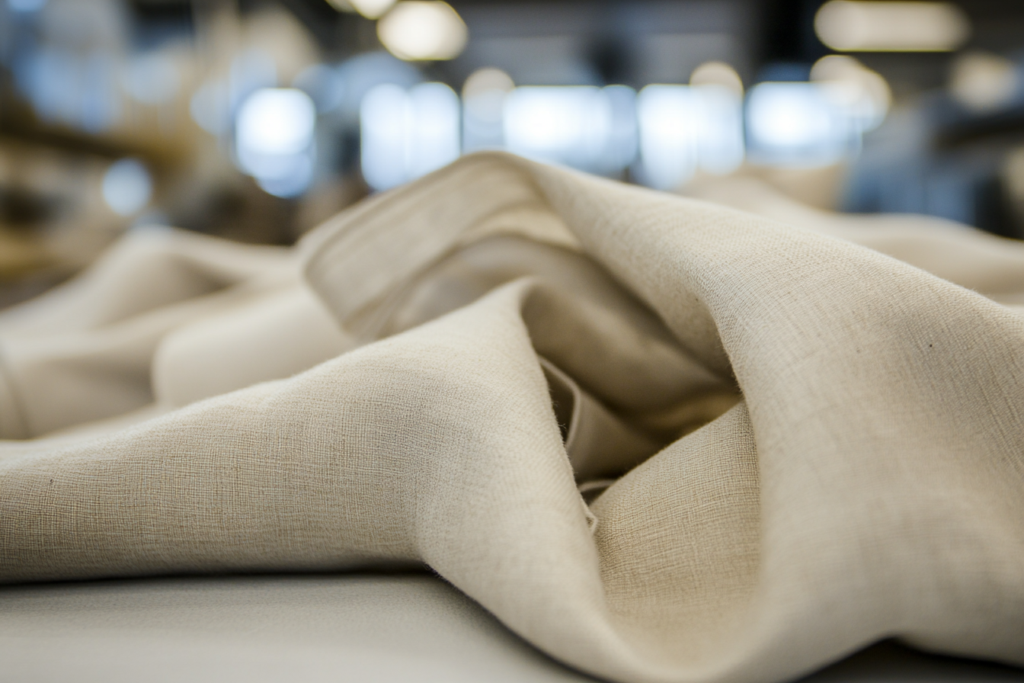Preproduction Sample: Ensuring Quality Before Mass Production
Meta Description: A preproduction sample is created to test and ensure the accuracy of design, materials, and production standards before full-scale manufacturing begins. Learn its importance and role in the garment industry.
What is a Preproduction Sample?
A preproduction sample is a prototype or test sample created before the official start of mass production. It serves as a final check to ensure that the design, materials, production standards, and details are correctly executed according to the specifications set by the designer or brand. This sample is created based on the approved design and is then inspected for any issues that may affect the quality or production process.
The preproduction sample is an essential part of the product development process, serving as a bridge between the design stage and actual mass production. Once the sample is inspected and approved, it acts as the blueprint for the full-scale manufacturing process.


Key Features of a Preproduction Sample
✔ Accuracy Check: Ensures all design elements are replicated accurately, including fabric, trim, stitching, and fit.
✔ Production Testing: Tests the garment’s fit, construction methods, and finishing techniques to ensure they can be replicated in a large batch.
✔ Material Verification: Confirms that the materials and trims (such as buttons, zippers, etc.) match the specifications.
✔ Compliance with Standards: Verifies that the garment meets safety, durability, and brand standards.
✔ Quality Control: Provides a chance for manufacturers and designers to spot defects or make adjustments before full production begins.
Why is a Preproduction Sample Important?
- Ensures Design Accuracy
A preproduction sample allows the designer or company to visually inspect and feel the garment. This physical sample ensures that the finished product will match the original design, from the fit to the fabric choices. - Testing for Production Feasibility
Manufacturing a garment in large quantities comes with challenges, such as material sourcing, production techniques, and machine settings. The preproduction sample tests these factors in the factory, allowing any issues to be identified before scaling up. For example, if a specific stitching method is difficult to replicate in mass production, adjustments can be made. - Spotting Errors Early
A preproduction sample provides a final opportunity to catch any design flaws, measurement inconsistencies, or manufacturing issues before proceeding to full-scale production. Addressing these errors at this stage helps avoid costly mistakes. - Establishing Production Standards
The preproduction sample helps define the production standards that will guide the entire manufacturing process. It helps to set benchmarks for quality control, allowing factories to match the sample’s specifications consistently. - Cost and Time Efficiency
By identifying and correcting issues early, companies can avoid costly production delays or having to scrap entire batches. This early intervention ultimately saves both time and money in the long run.
When is a Preproduction Sample Created?
A preproduction sample is created after the design and fabric/materials have been approved and before mass production begins. Here’s how the process typically works:
- Design Finalization: The design is finalized, and materials are selected.
- Prototype or Sample: The first sample (often called a prototype) is created, which may undergo revisions.
- Preproduction Sample: Once the prototype is approved, a preproduction sample is made. This sample is reviewed for design accuracy, fit, and production feasibility.
- Approval and Mass Production: If the preproduction sample passes inspection, it’s approved for mass production.
How is a Preproduction Sample Inspected?
Once the preproduction sample is created, it goes through a detailed inspection process to evaluate:
- Fit: How well does the garment fit on a model or mannequin? Is the fit consistent with the original design specifications?
- Construction: Are the stitching, finishing techniques, and construction methods up to the required standards?
- Fabric and Material: Does the fabric meet quality expectations? Are there any issues with texture, color, or durability?
- Trim and Details: Are zippers, buttons, labels, and other trims correctly placed and functional?
- Production Feasibility: Can the garment be easily reproduced in a factory setting, with the machinery and workforce available?
Types of Preproduction Samples
- Fit Sample: A sample specifically designed to check the fit and measurements of the garment, typically used to assess the overall silhouette and construction.
- Size Set Sample: A set of samples in different sizes, created to test how the design fits across various body types.
- Production Sample: The final preproduction sample that’s made using the same materials, trims, and production techniques that will be used for the mass production run.
- Fabric Sample: A sample created specifically to test fabric quality, texture, and color before finalizing the garment.
Benefits of Preproduction Samples
| Benefits | Explanation |
|---|---|
| Prevents Design Errors | Helps identify and correct errors in the design or fabric before production. |
| Cost Savings | Catching issues early can help prevent costly mistakes during mass production. |
| Improved Quality Control | Ensures that every item produced matches the initial design and meets quality standards. |
| Better Production Planning | Allows manufacturers to make necessary adjustments to machines and processes before full production starts. |
| Time Efficiency | Helps meet deadlines by minimizing production delays due to errors or reworks. |
Common Challenges in Preproduction Samples
- Material Issues: Sometimes, the fabric or trims used in the preproduction sample may not be available or may not meet the manufacturer’s quality standards.
- Fit Issues: If the fit of the preproduction sample is off, multiple rounds of revisions may be needed.
- Production Infeasibility: Some aspects of the design may not be feasible to produce in large quantities due to limitations in machinery or labor.
Conclusion: The Importance of Preproduction Samples in Garment Manufacturing
Preproduction samples play a crucial role in ensuring that a garment meets design specifications, quality standards, and production feasibility before mass production begins. They help manufacturers identify issues early, ensuring the final product matches expectations, and saves time and costs.
For anyone involved in garment production, from designers to manufacturers, understanding and utilizing preproduction samples is an essential step toward achieving a successful and high-quality product.



